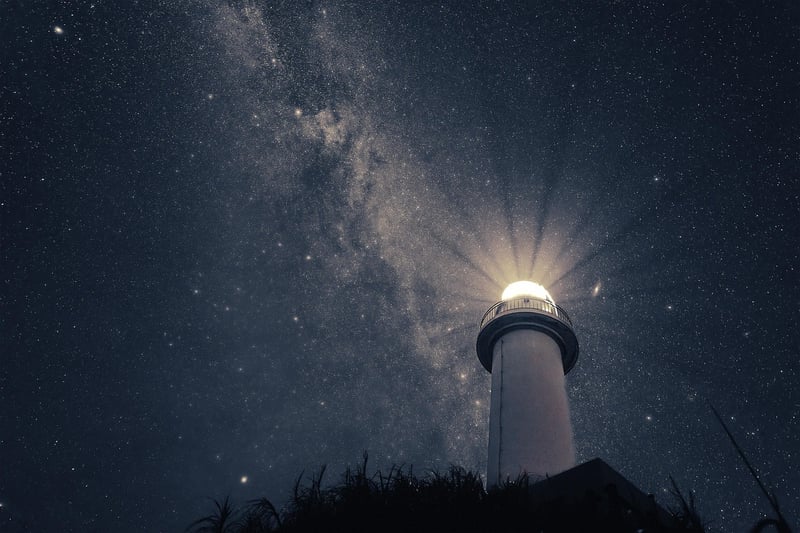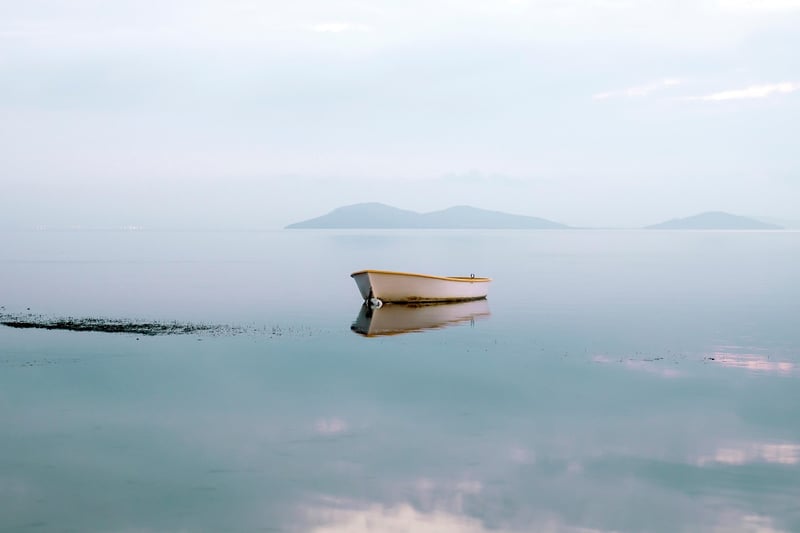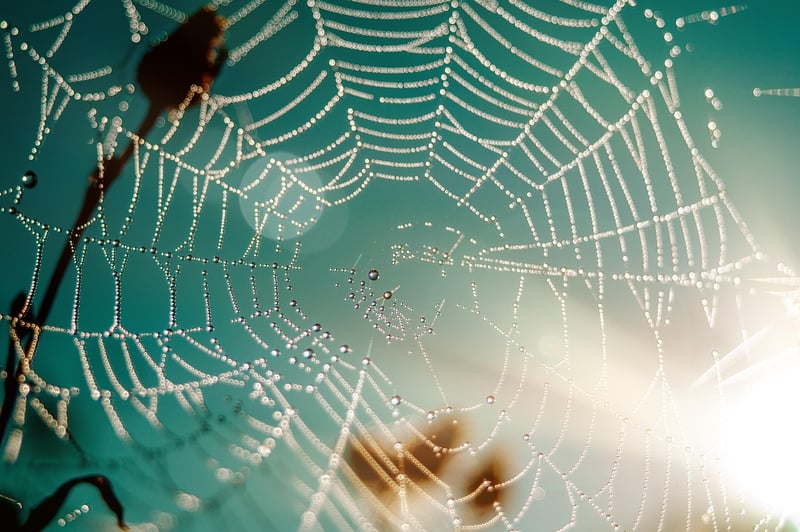Mars Habitat Design
Exploring Life Beyond Earth: Designing Habitats for Mars Colonization

As humanity looks towards the stars, the idea of establishing a sustainable presence beyond Earth becomes increasingly feasible. Mars, with its similarities to our planet, stands out as a potential candidate for colonization. Designing habitats for Mars presents unique challenges and opportunities for innovation.
The Martian Environment
Mars is a harsh planet with extreme temperatures, low atmospheric pressure, and high radiation levels. Any habitat designed for Mars colonization must provide protection from these environmental factors while ensuring the well-being of its inhabitants.
Key Considerations for Habitat Design
- Structural Integrity: Habitats must be robust enough to withstand Mars' dust storms and temperature variations.
- Life Support Systems: Efficient systems for air, water, and food production are essential for long-term sustainability.
- Radiation Shielding: Incorporating materials that can shield inhabitants from harmful radiation is crucial.
- Energy Sustainability: Solar power and other renewable energy sources are vital for powering habitats on Mars.
Designing for Comfort and Productivity
Creating living spaces that promote well-being and productivity is key to the success of Mars habitats. Incorporating elements such as natural light, green spaces, and ergonomic design can enhance the quality of life for colonists.
Future Prospects and Challenges
While designing habitats for Mars colonization is a complex task, it also opens up possibilities for technological advancement and human exploration. Overcoming challenges such as logistics, construction, and maintenance will be crucial for the success of future Mars missions.

Join us as we embark on this exciting journey to explore life beyond Earth and design habitats for Mars colonization!
